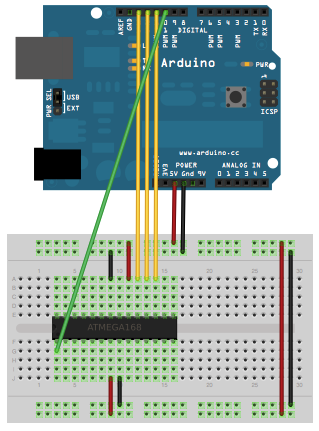This is a short review of my set of D1 refils that I recently bought from cultpens.com
Although the pen is great, I wasn't fully happy with the refills themselves. The ones that came with the pen (from Lamy) seemed a bit thick and often would fail on the first scratch on paper after some hours without use.
I previously had used (and loved) the 0.7mm needle point with my
OHTO Tasche so I wanted to try the D1 needlepoints.
When it all arrived, I had a total of 14 different refills to pick from, here are my afterthoughts.
Black:
Lamy M21 Black
Schneider Exp56 Black
Ohto T-4C7NP (0,7mm) Black
Ohto T-4C5NP (0,5mm) Black
The Lamy and Schneider blacks are very similar although the Schneider is slightly darkers.
The Ohto needlepoint 0.7mm the back is quite dark and smooth to move the pen.
The Ohto needlepoint 0.5mm actually felt like a needle, on some points it felt I was stabbing the paper, not easy for me to write.
I've also compared the Otho 0.7 & 0.5 to see if I could fit more details but didn't see a significant benefits.
See test below:
(top is 0.7mm, bottom is 0.5mm)
It's worth mentioning that I mostly use black, the other colors are to highlight, add details, contours, etc...
Other colors
Ohto
So when picking the other colors, I was disappointed with the Ohto, I was hoping for bright Reds, and Blues (Ohto has no D1 needlepoint green), but got instead very bright/light tones (e.g. Red had hints of bright pink) which might appeal to other's tastes, but not what I'm going for.
I since I want to use those colors to highlight, I also didn't find the thin needlepoint to be the most adequate for me.
Lamy Orange
Quite a boring orange I must say. I bought it mostly out of curiosity. I can see it matching well with a
tri pen, but not really interesting when you have four pen colors.
..What was left was a Blue/Red/Green from Lamy and Schneider plus a Green from Monteverde.
Lamy vs Schneider
Colors are darker on the Schneider than on the Lamy refils, in particular the Lamy Schneider blue feels a bit too dark for me (not enough contrast against the black). Nevertheless my final picks were the Schneider refills since they tend to work better since the first scratch and when you want to quickly not down something, they do the trick better than the Lamy.
The Monteverde green was ok but in the end I still felt the Schneider were smother to write with.
Since a picture is more than a thousand words, here are two high resolution scans, plus a side-by-side photo on different paper types. The dotted grid paper is a Leuchtturm1917, the other is just a random (cheap) paper.
The scanned images are very high quality, so you may want to open them separately.
Reviewed items:
Lamy M55 tripen marker refill
OHTO Needlepoing Multipen Refill Extra-Fine R-4C5NP Black
OHTO Needlepoing Multipen Refill Fine R-4C7NP Black
OHTO Needlepoing Multipen Refill Fine R-4C7NP Blue
OHTO Needlepoing Multipen Refill Fine R-4C7NP Red
Monteverde Soft Roll Mini Ballpoint Refill Medium D13 Green
Schneider Express 56 Pen Refill Black
Schneider Express 56 Pen Refill Blue
Schneider Express 56 Pen Refill Red
Schneider Express 56 Pen Refill Green
Final setup
OHTO Needlepoing Multipen Refill Fine R-4C7NP Black
Schneider Express 56 Pen Refill Blue
Schneider Express 56 Pen Refill Red
Schneider Express 56 Pen Refill Green
Edit 2016.09.04 - Corrected Schneider rather than Lamy is too dark (on Lamy vs Schneider)
























